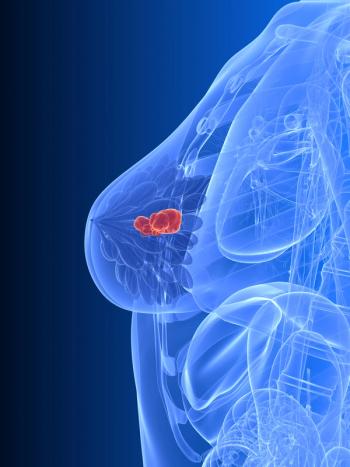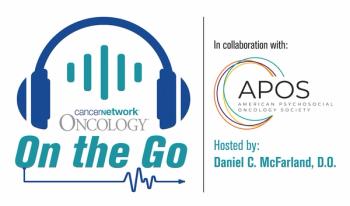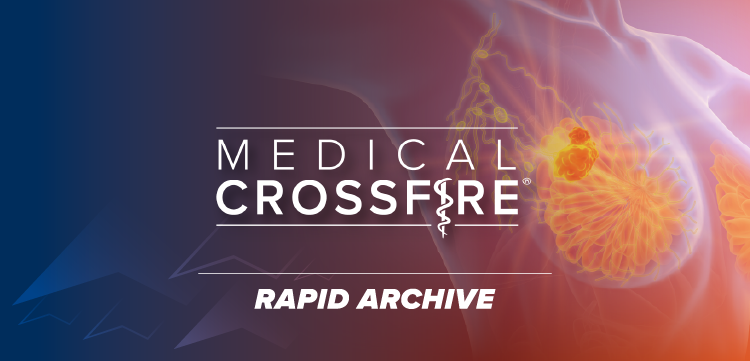
Oncology NEWS International
- Oncology NEWS International Vol 6 No 10
- Volume 6
- Issue 10
Efficacy of HIV ‘Cocktail’ May Spur Efforts for National HIV Reporting
BOSTON-Two reports have confirmed the value of the so-called HIV cocktail, three-drug combinations that appear to restore immune function in people infected with HIV, at least temporarily. With such treatments available, many believe that the time has come to push for more HIV testing and reporting, so that people can get treatment early when it is most likely to be effective.
BOSTONTwo reports have confirmed the value of the so-called HIV cocktail, three-drug combinations that appear to restore immune function in people infected with HIV, at least temporarily. With such treatments available, many believe that the time has come to push for more HIV testing and reporting, so that people can get treatment early when it is most likely to be effective.
The AIDS Clinical Trials Group 320 Study involved 1,156 HIV-infected patients with 200 or fewer CD4 cells/mm3 and prior treatment with zidovudine (AZT, Retrovir). The researchers found that treatment with indinavir (Crixivan, a protease inhibitor) plus the nucleoside analogs zidovudine and lamivudine (Epivir) significantly slowed the progression of HIV, compared with zidovudine and lamivudine alone.
With median follow-up of 38 weeks, 6% of patients receiving the three-drug regimen progressed to AIDS or death versus 11% in the two-drug group (N Engl J Med (337:725-733, 1997).
Gulick et al studied 97 HIV patients with CD4 counts of 50 to 400 cells/mm3, at least 20,000 copies/mL of HIV RNA, and at least six months of prior zidovudine therapy. They found that 90% of patients treated with indinavir, zidovudine, and lamivudine had a drop in HIV RNA to less than 500 copies/mL over the first 24 weeks, a significant improvement over indinavir alone (43%) or zidovudine plus lamivudine (0%) (N Engl J Med 337:734-739, 1997).
A Four-Part Plan
In light of these findings, Robert Steinbrook, MD, in an accompanying editorial, urged a coordinated four-part approach to HIV infection that would include a national standard for HIV reporting, greater access to effective medications, improved access to physicians experienced in treating the disease, and protection of patients from violations of privacy and discrimination.
Dr. Steinbrook stated unequivocally that HIV infection should be a reportable disease at the federal level, but in addition he urged a national standard for confidentiality. He argued that reservations about reporting have become less persuasive, particularly in the context of better treatments.
Articles in this issue
about 28 years ago
Toremifene, Tamoxifen Equivalent in Advanced Breast Cancerabout 28 years ago
Fluorescence ‘LIFE’ Images Spot Occult Lung Cancer Lesionsabout 28 years ago
The Issue That Won’t Go Away: Screening Mammographyabout 28 years ago
News in Brief...about 28 years ago
Concurrent Better Than Sequential Chemo-RT in NSCLCabout 28 years ago
Consumer Version of Merck & Co’s Famous Manual Is Availableabout 28 years ago
A Talk With Dr. Richard Klausner, Head of the NCIabout 28 years ago
Age Is a Factor in Survival of SqCC of the Head and Neckabout 28 years ago
Symptom-Based Staging of Head & Neck CancerNewsletter
Stay up to date on recent advances in the multidisciplinary approach to cancer.





















































































